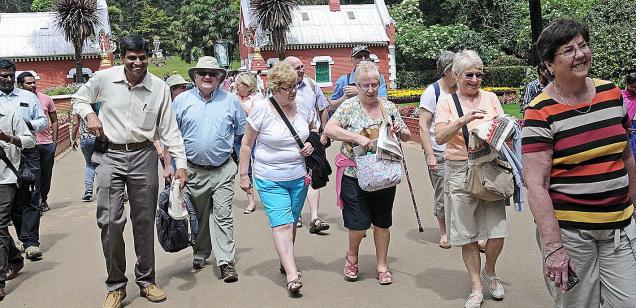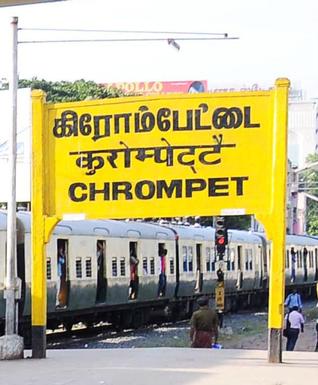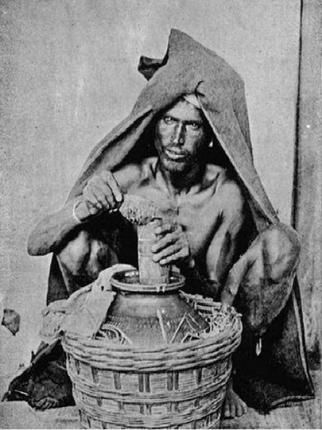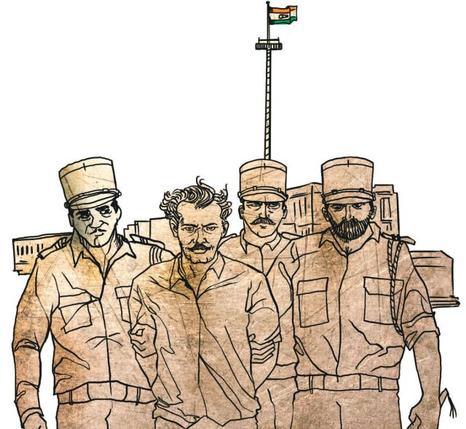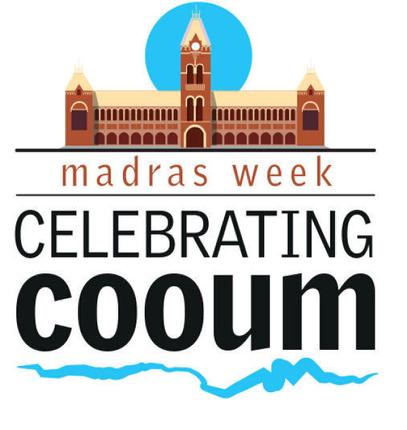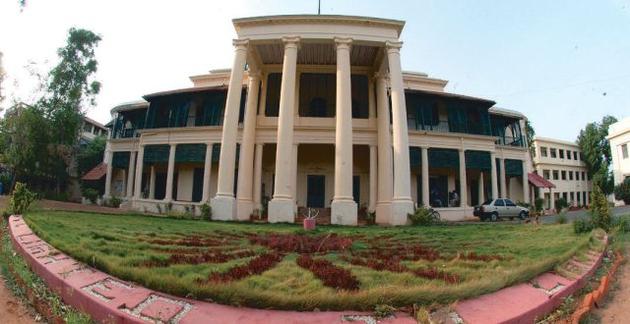Chennai :
Street dogs chased them, passersby offered alms and they were almost mowed down by vehicles but history was relived as the 30 khaki-clad men holding spears criss-crossed the city on Wednesday.
They were part of the National Postal Week celebrations of India Post to recreate the legacy of the mail-runners, also called tappal or dak runners.
“A century back they speared wild animals, swam through floods, warded off burglars just to deliver a letter. We braved the sun, buses, street dogs and stares of curious onlookers to come close to recreating their travails,” said Ram Arun Castro, who organised the event along with India Post.
Ram, who is working on a period film on mail-runners, has researched extensively on these men. “They are our unsung heroes. There’s hardly any literature on them,” he said, whose exploration led him to a museum in Kumbakonam. “There was a section dedicated to mail-runners with their knives, spears and mail bags on display. There was even a postal badge with blood stains.”
Mail-runners faded with the advent of railways in the late 19th century, but continued to work in far-flung areas. They remain the only means of communication in remote Himachal regions, bordering Tibet, where they are called ‘harkara’. Their history in Madras Presidency can be traced to 1712 when Governor Edward Harrison first started a Company Postal Service to carry mail to Bengal. Each runner would cover 12-13km to exchange the postbag with another runner. Some ran nearly 20km a day. “While some carried official communication, many risked their lives just to convey a human emotion. Writing or receiving a letter wasn’t an exercise, it was an experience, something we have lost with the advent of technology,” said Mervin Alexander, postmaster general, Chennai city region.
They may not call themselves mail-runners, but some postmen in Tamil Nadu still deliver letters in hilly areas on foot. One of them, Zakir Hussain, 42, walks 8km daily from Kurangani Hills in Theni district to remote villages. “I’ve been delivering letters to these villages for 19 years. I have seen joy and tears, and I can’t explain how it feels to be part of that experience,” he told TOI.
source: http://www.timesofindia.indiatimes.com / Times of India / News Home> City> Chennai / TNN / October 14th, 2015
